Hiking with a horse

Horse riding is a noble passion and a sport that combines harmony with nature and tradition. It is not only an opportunity to get acquainted with the beauty of horses, but also an opportunity to experience amazing adventures in the open air. Horse riding is one of the closest forms of contact with nature. When you sit on the back of a horse, you have the opportunity to admire the landscape from a completely different perspective. This feeling of freedom and harmony with nature is difficult to replace with another way of spending time outdoors. Additionally, caring for a horse requires understanding and respect for nature. Understanding your horse’s needs and behaviors is key to give them good care and health. It is teaching us respect for other living beings and nature. Horse riding is not only the pleasure of contact with a horse, but also a unique way to develop skills and character. Riding a horse requires self-confidence, patience, focus and the ability to communicate with this wonderful animal. It is a process of continuous improvement of skills, which not only provides satisfaction, but also develops strength of character. Horse riding is also a physical challenge. You must maintain your balance on the horse’s back and be ready for unexpected situations. Your balance, reflexes and precision skills are extremely important so that you can communicate with your horse safely and effectively. Mastering the riding technique takes time and effort, it is not only learning how to sit on a horse, but also understanding its reactions and behavior. Working with a horse is an amazing experience that combines emotions, friendship and challenges. The key to success in horse riding is understanding that horses need a leader and at the same time deserve respect and care. Your strong will, balance and decision-making ability will help you achieve your goals on this fascinating trail.
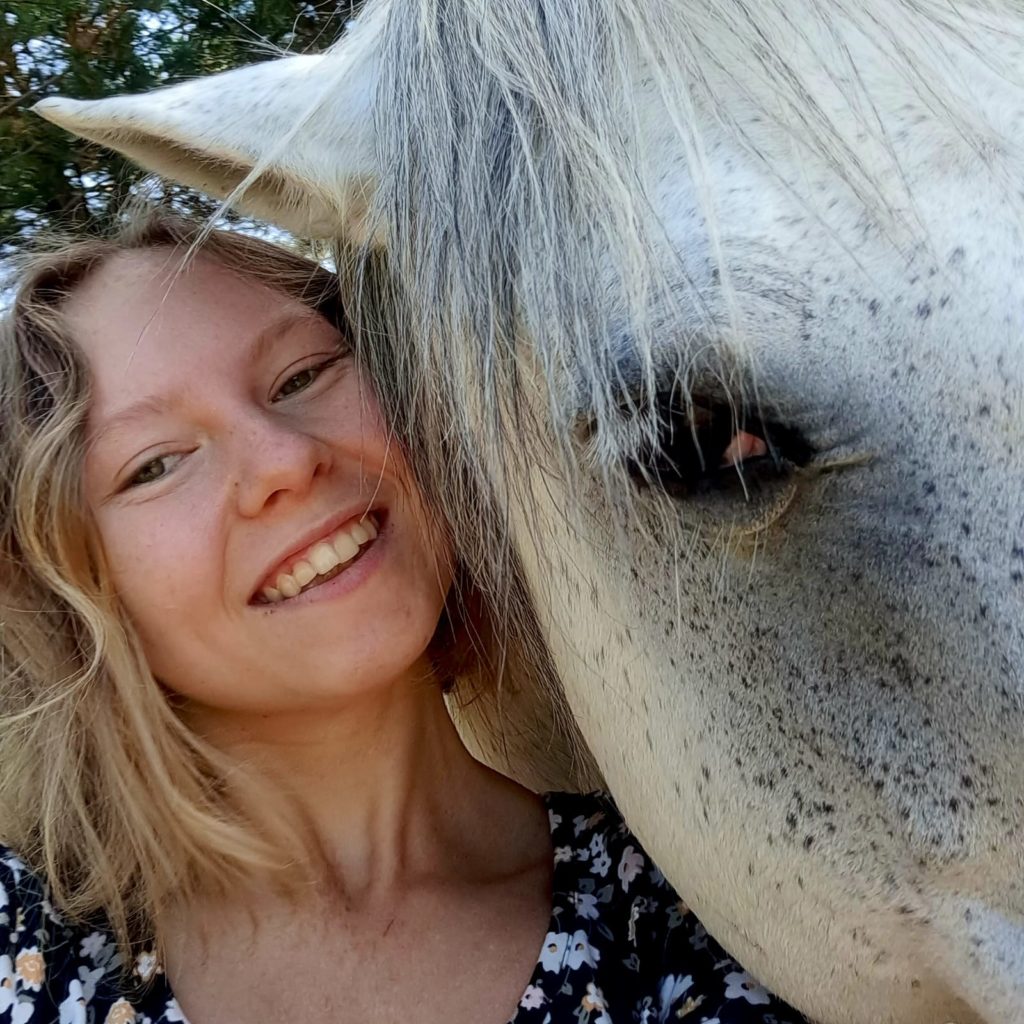
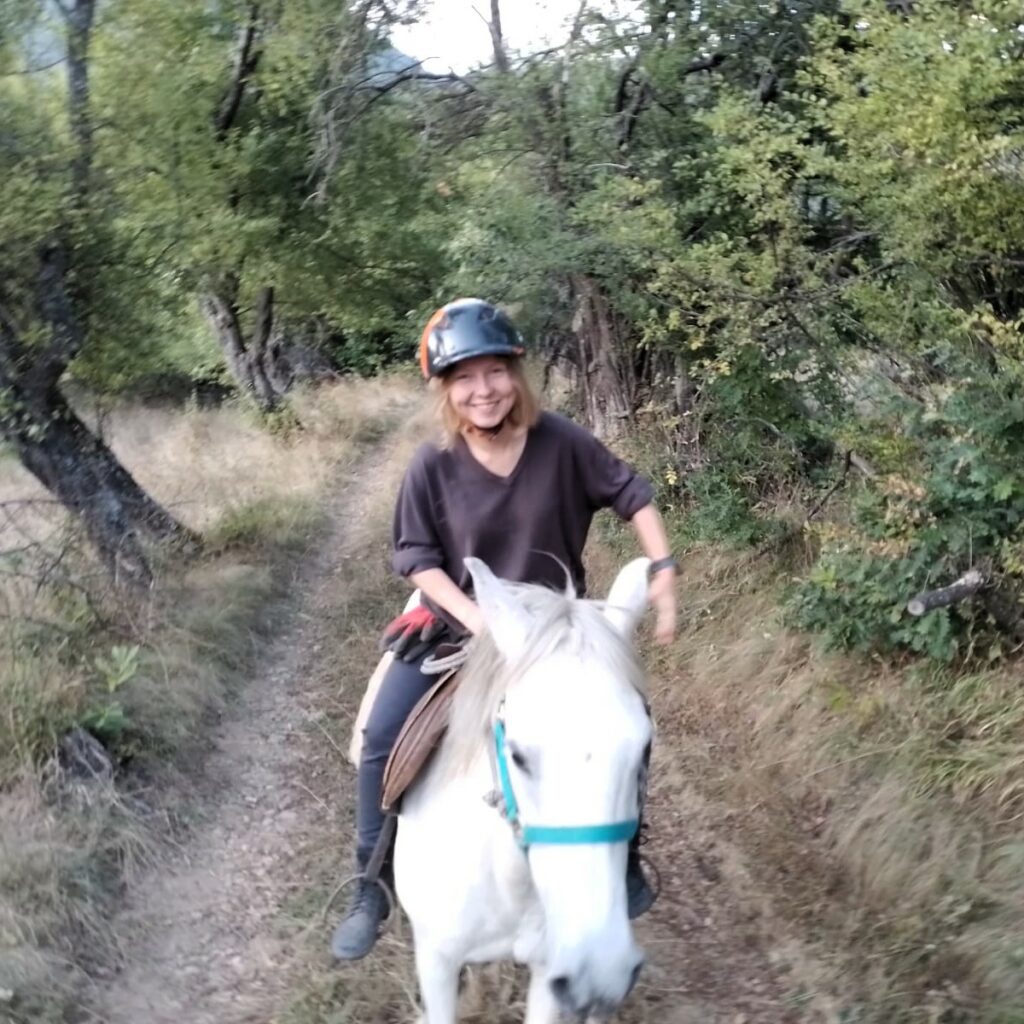
However, friendship and a positive disposition are not enough to tame this animal, besides, dominance and being in the hierarchy above horses are extremely important. When we talk about dominance in the context of horse riding, it is not about brutal methods or intimidation of the horse. The point is that, as a rider, you should be the leader of your group, the “herd” in which you and your horse are. When you are around a horse, you need to be confident and decisive. Horses, as herd animals, need a leader who will be an authority for them and show them the direction. This doesn’t mean you can’t be friends with your horse. On the contrary, friendship is an important aspect of the rider-horse relationship. However, this friendship must be based on respect and submission. When horses see that you are confident and assertive, they will feel safe and confident in following your directions. Each horse is different and has its own unique needs and personality. Your influence on the horse will be much greater if you firmly pursue your goal while adapting to the needs and behavior of your horse. One of the most important aspects of dominating horse riding is ensuring the safety of both yourself and your horse. When you are a leader, horses know they can rely on you to protect them from potential threats. If you are not decisive, horses may begin to react to various stimuli in an unpredictable way, increasing the risk of accidents. When riding a horse, the rider must have full control over the movement of the horse. If you are not a dominant leader, the horse may begin to dictate pace and direction, which can lead to chaos and dangerous situations. Being a leader allows you to steer the horse, not the other way around. Dominance based on respect and communication skills with the horse leads to positive cooperation and obedience. Horses are herd animals that naturally look for a leader. When you become that leader, horses will be more willing to listen to your commands and respond to the signals you give through the reins and your body. Leadership of a horse requires concentration and calm. When you are confident and in control, horses feel more calm and less susceptible to stress, this in turn, positively affects their performance.
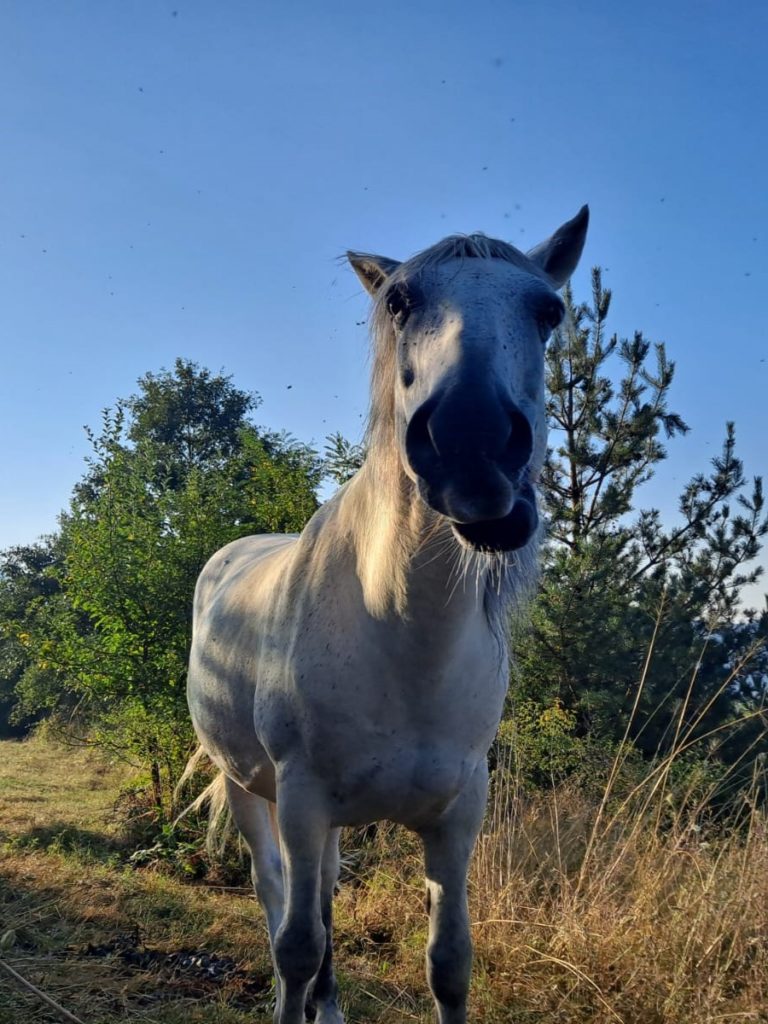
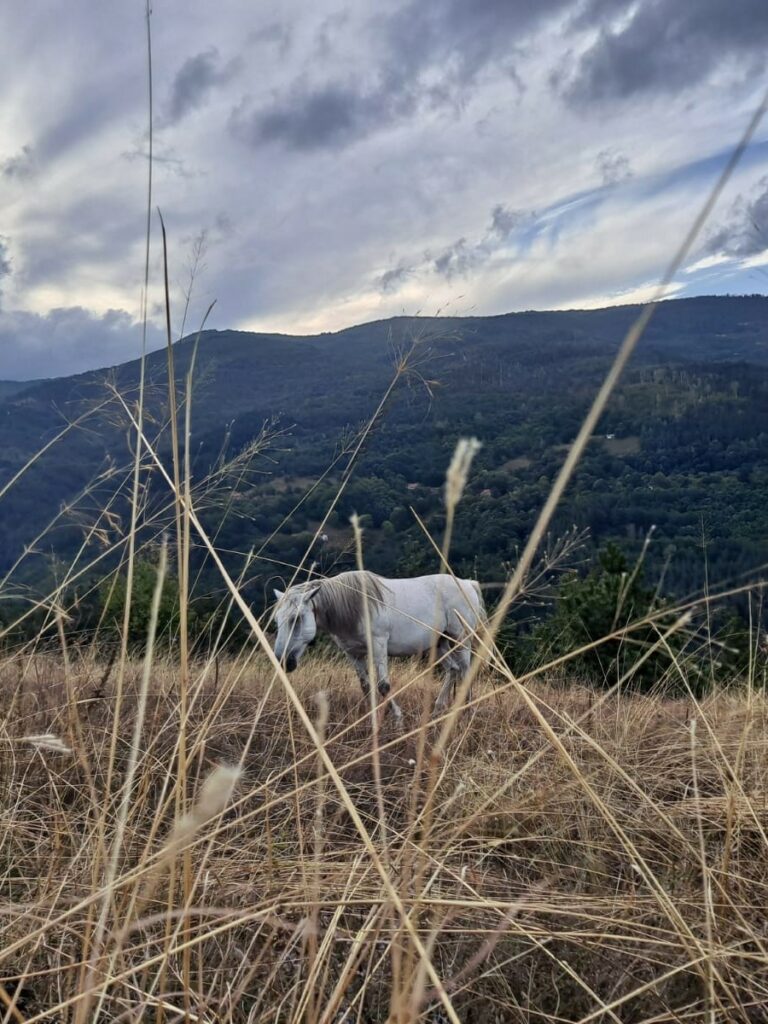
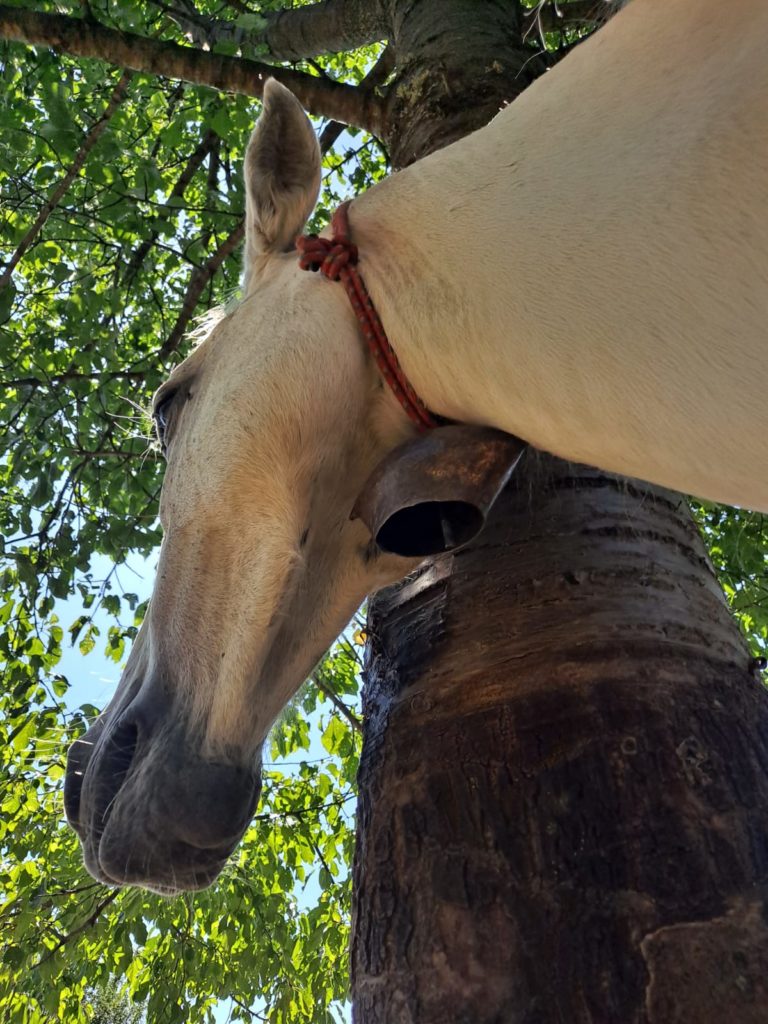
It is worth paying attention that domination in horse riding is based on a gentle and honest approach. If you are too harsh or brutal, you may cause stress or resistance instead of gaining the horse’s trust. Therefore, dominance should result from self-confidence, understanding of the horse’s behavior and communication skills, not from physical strength. The bottom line is that being a leader and controlling your horse’s behavior are key aspects of horsemanship. This not only gives a sense of security, but also enables effective cooperation and the development of a lasting relationship between the rider and the horse. Horse riding is not just a sport, it is a lifestyle. It is a noble activity that connects us with nature, shapes our character and gives us a lot of joy. A horse riding adventure is a journey to the heart of nature and tradition, which can become an unforgettable experience.
Written by Joanna
